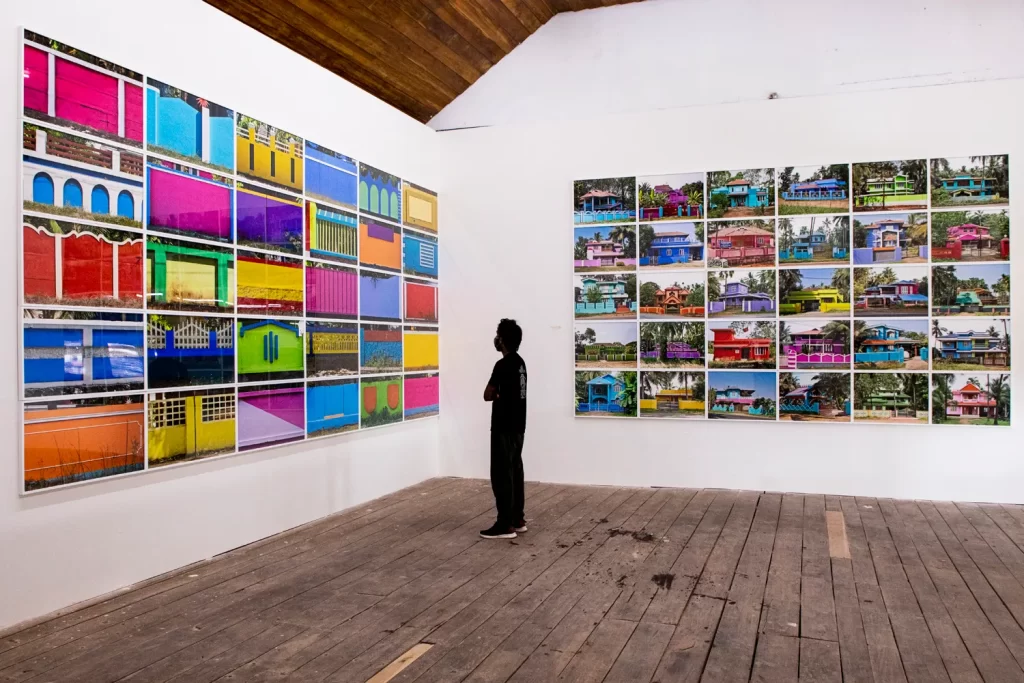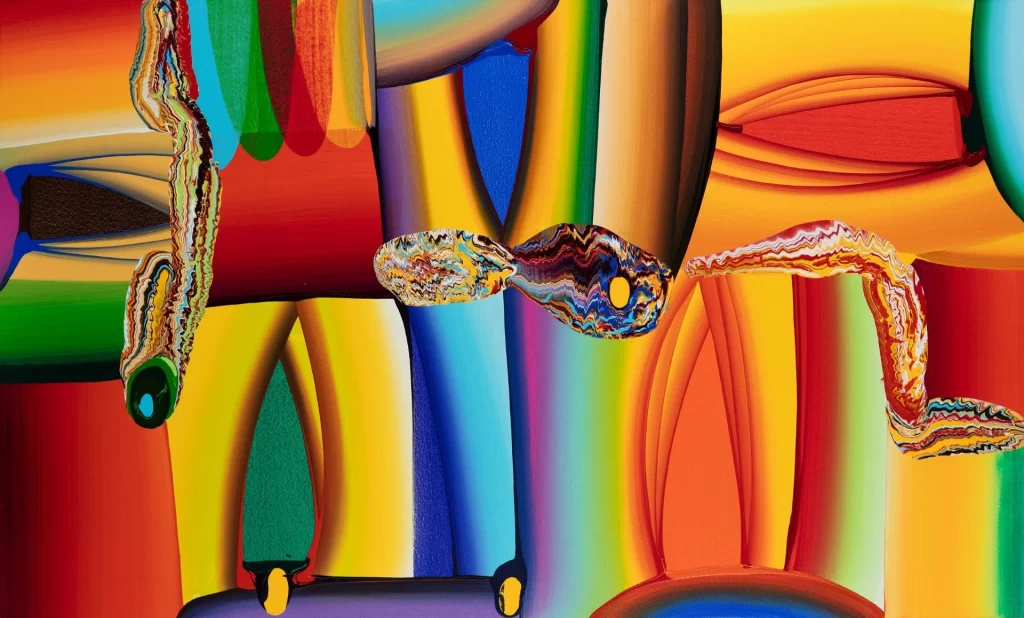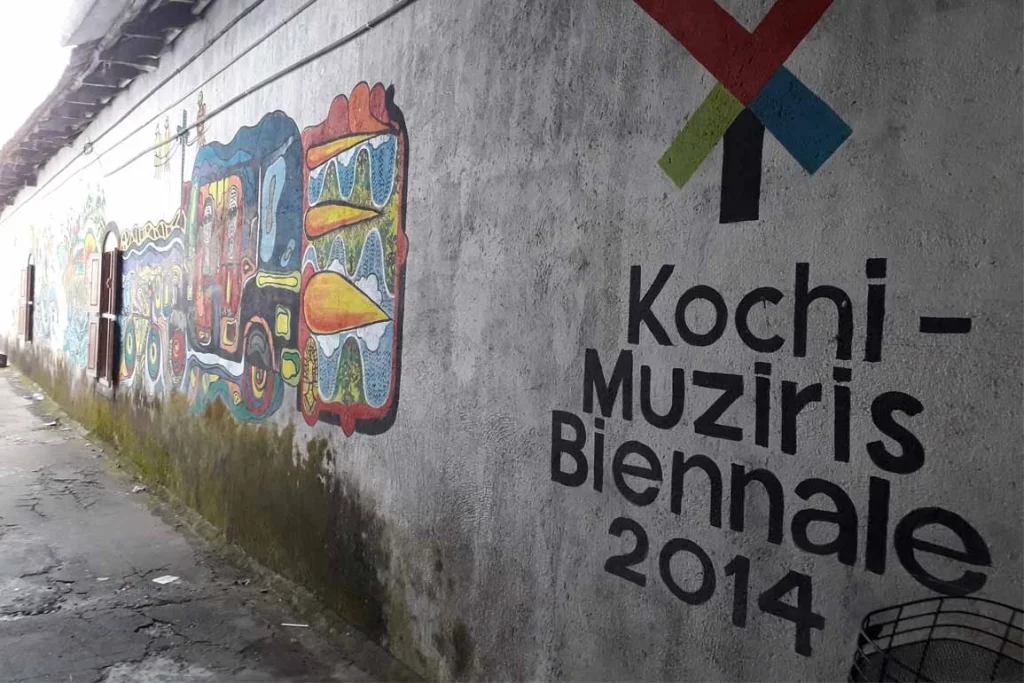Krishnamachari Bose: The Indian Pop Artist
Artist Bose Krishnamachari is a curator, and the founding president of the Kochi Muziris Biennale is a prominent figure in the vibrant field of modern Indian art. Krishnamachari’s pop art style brings the attention of the people and media to his life and fashion and resonates with legendary American artist Andy Warhol. In their own right, both revolutionaries reinterpret art and question accepted ideas and conventions, and Bose, as media, portrays a pop cult of Indian art and culture.
Bose Krishnamachari Biography
Bose Krishnamachari’s work goes well beyond the canvas, much like Warhol’s Factory did in 1960s New York City as a centre of innovation and creation. By co-founding the Kochi-Muziris Biennale, he established an event that honours art and catalyses cultural change, much like Warhol did in influencing the avant-garde movement. The gap in space and time between Bose and Warhol dissolved the existence of the art scene, and much discussed about fashion and architecture in global and local scenarios.
Bose Krishnamachari’s paintings explore the intricacies of globalisation, urbanisation, and identity in colourful paintings, sculptures, installations, and multimedia works. Krishnamachari incorporates a plethora of cultural allusions into his works of art, akin to Warhol’s infatuation with pop culture icons and representing the heterogeneous fabric of contemporary India. Recently, by Art Review, an internationally renowned art magazine, Bose Krishnamachari has been ranked 38th on the Global Power 100 list of the most influential people in art, establishing his presence in the Indian art scene.
Though he lets his accolades linger, his name has a solid artistic resonance. In addition, he keeps trying to improve the way the world views Indian art and elevate India’s profile in the global art scene by working in a variety of capacities.
Bose Krishnamachari’s Early Life
Artist Bose Krishnamachari, who was born in Kerala in 1963, attended Sir J.J. School of Art in Mumbai from 1986 to 1991 before completing his master’s degree in visual art theory and practice at Goldsmiths College, University of London in 1999–2000. In 1992, he was also a teacher at J.J. School of Art. He engages in drawing, painting, sculpture, design, installation, and architecture as part of his artistic and curatorial activities.

Bose Krishnamachari’s Works
Bose Krishnamachari’s work was showcased in international exhibition credits also include The Shape That Is, Jendela and Concourse, Esplanade, Singapore (2006); Indian Art at the Swarovski Crystal World, Innsbruck, Austria (2007); Gateway Bombay at the Peabody Essex Museum (2007); India Art Now: Spazio Oberdan, Milan (2007); Indian Highway at the Serpentine Gallery (2009); the Astrup Fearnley Museum, Norway (2009); the Herning Museum of Contemporary Art, Denmark (2010); Lyon Contemporary Art Museum; Fondazione MAXXI, Rome (2011); and the ARTZUID Amsterdam (2011).
“For an Image, Faster than Light,” the inaugural Yinchuan Biennale in Yinchuan, MOCA, China (2016), was curated by Bose Krishnamachari. For three years, he wrote “Everyone is a Camera” for The Week magazine. Bose has received numerous honours and fellowships both domestically and abroad. Additionally, he served on juries for national and international institutional curatorial and artist awards. Bose is well-known for being an educator and for supporting up-and-coming Indian musicians.

LaVA (Laboratory of Visual Arts) by Bose Krishnamachari was a mobile museum project between 2006 and 2011. As a massive archival project that transformed into a “temporary-contemporary” artwork, Lava once again exemplified Bose’s desire to share and promote the wealth of our culture with students and art enthusiasts.
Artist Bose Krishnamachari’s Practice and Vision
Bose’s brilliant colours and linear form, which define pop art, are what most immediately link him to Warhol. He paints from the conviction that colours have a magical effect on our lives. Bose combines his knowledge of modern culture, literature, design, and history with the colours standard in Indian ceremonies, festivals, rituals, costumes, and acting movements.

In artist Bose Krishnamachari’s view, art is not displayed on a wall or in a gallery; instead, it is accessible to the general population, and he uses the art space as a laboratory for a clinical approach to people’s culture and identities. Bose’s contribution to Indian art history is significant because he saw laypeople and gallerists as equal partners and maintained the belief that “everyone is an artist, everyone can be an artist, and ‘Art is not anything insignificant; it is life itself.

When Bose exhibited alone at Emami Art in Kolkata for a year, under the title “The Mirror Sees Best in the Dark,” he explained his life and work, saying, “On paper, it may read like this show is a comeback after a long hiatus.” But I don’t think that’s the case. My artistic practice is not limited to using a brush, scalpel, or chisel. I do not subscribe to that duality because my way of life is the application of my artistic sensibilities. “The Mirror Sees Best in the Dark” has been developing for over two years. My artwork reflects my concern over the conflicts in today’s society and the impending rise of self-obsession.

Artist Bose Krishnamachari is regarded as a pioneer in contemporary Indian art, with a broad range of artistic expression and inspiring guidance. Through his vibrant works spanning various media, Krishnamachari subverts norms, redraws boundaries, and gives voice to the voiceless. In addition to enhancing the platform for contemporary art in India, his co-founding of the Kochi-Muziris Biennale has promoted cross-cultural interaction and discourse on an international level.

Krishnamachari is compared to the renowned Andy Warhol because he shares his innovative, experimental, and socially critical mindset, and he has left a lasting impression on the canvases of Indian contemporary art through his advocacy and artistic creations, which continue to inspire new generations of artists and lovers. Bose Krishnamachari’s work’s ingenuity shines as a ray of inspiration and optimism for the future of art in the always-changing field of innovation.
Image Courtesy – Samayam Malayalam





